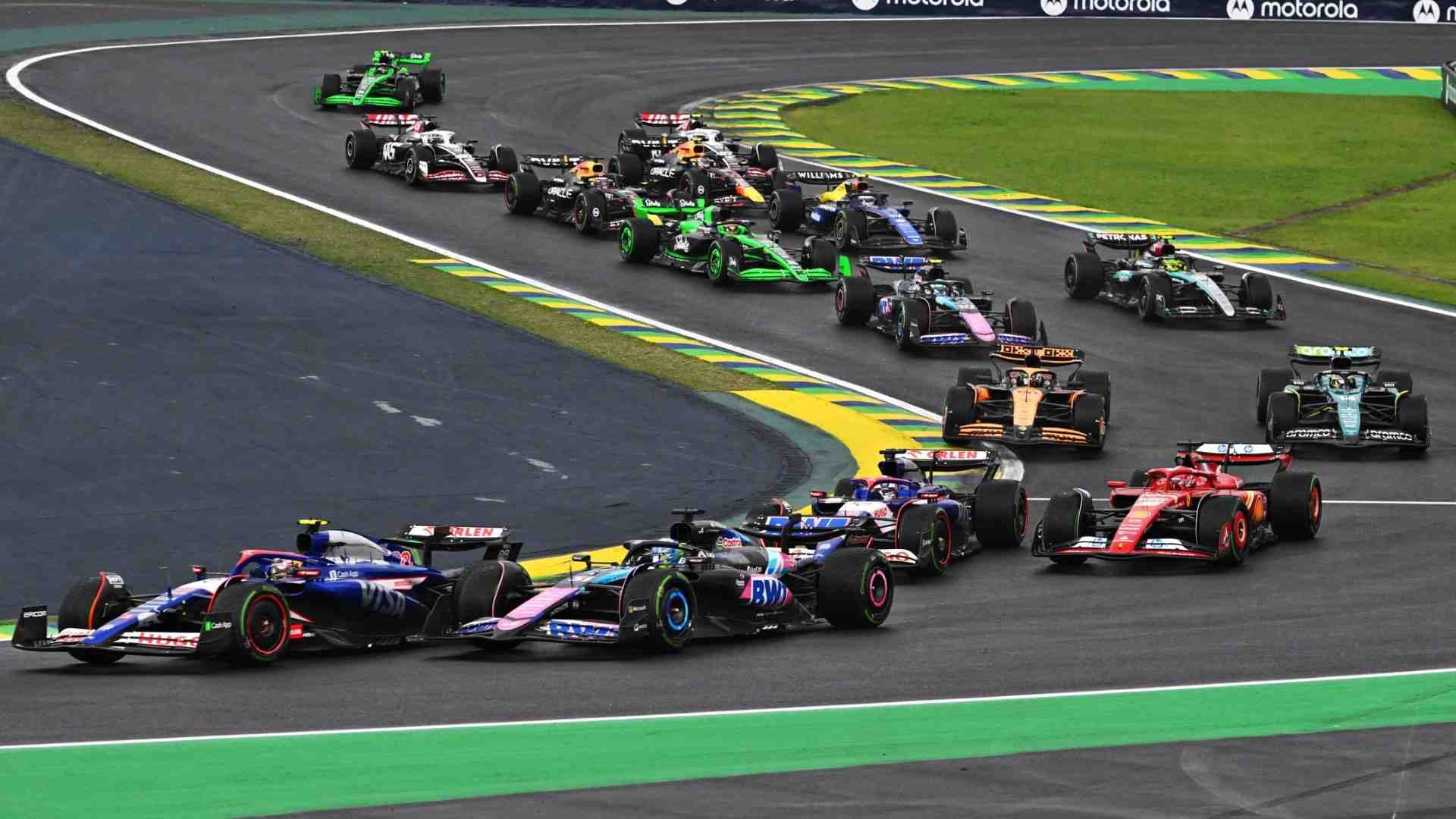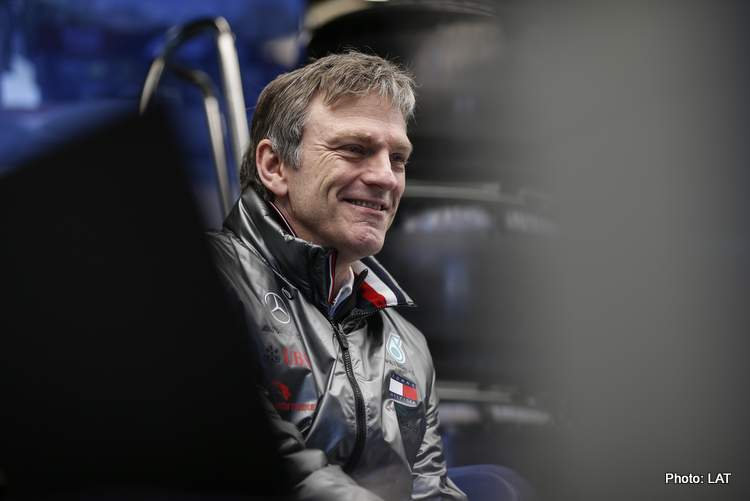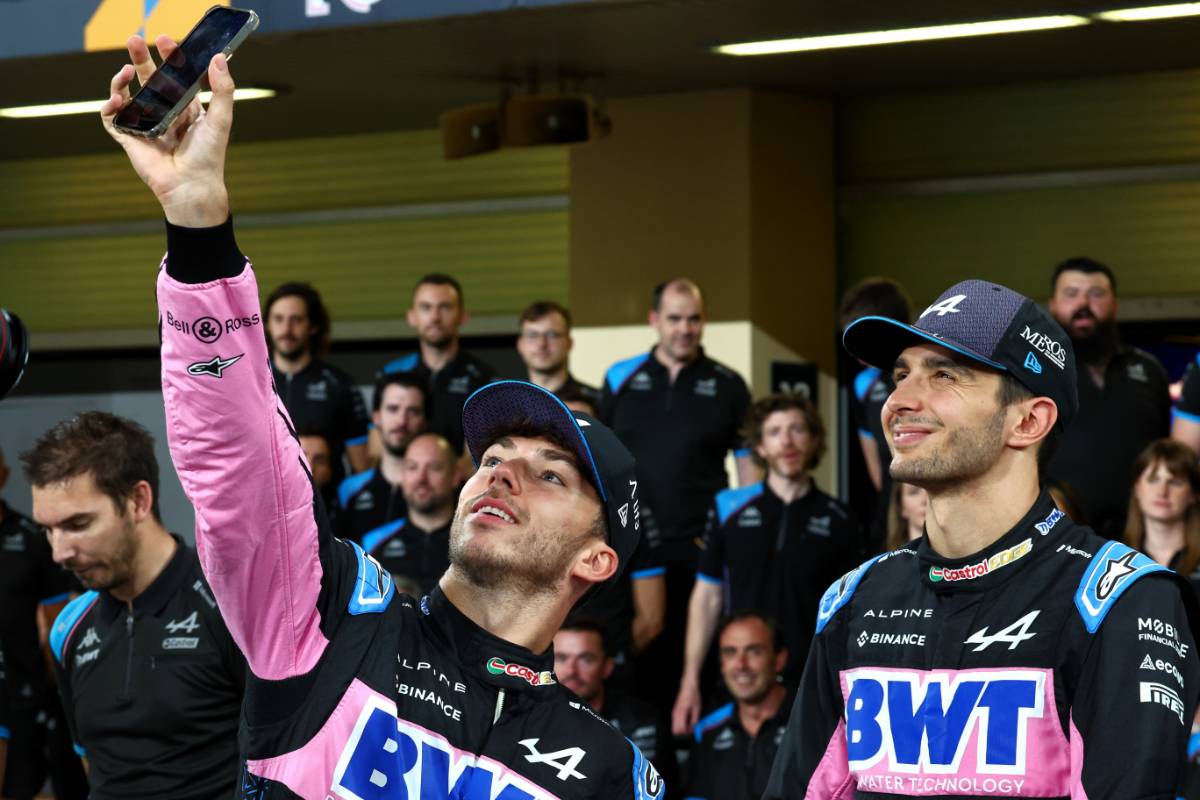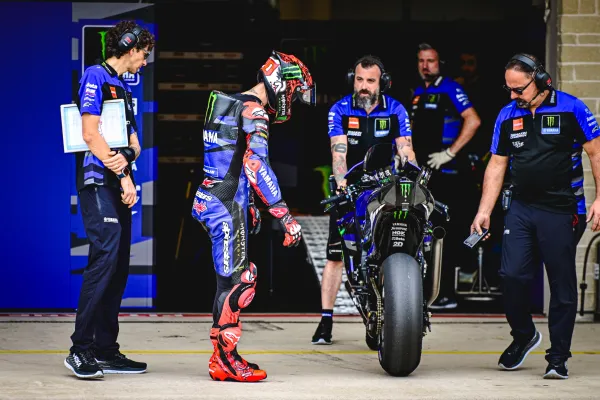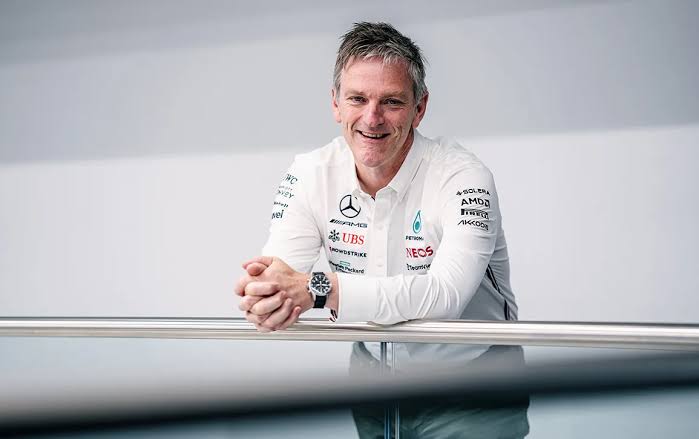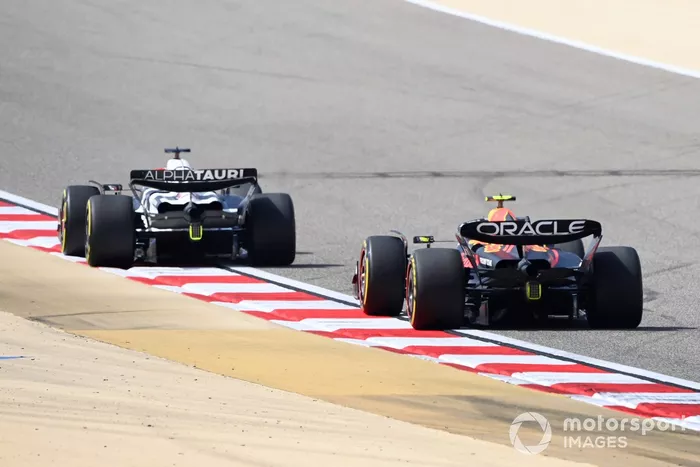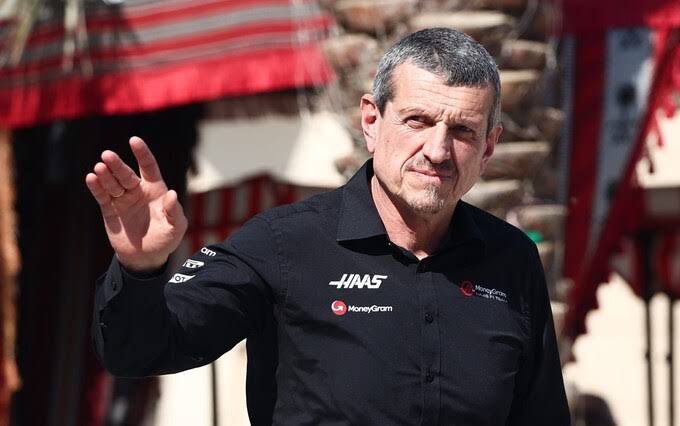The Ripple Effect: Could Stricter Track Limits Alter F1 Championship Battles?
Formula 1 (F1) is famous for its speed and technical innovation in terms of its developments, as well as its strategic depth. But perhaps a feature that is increasingly a cause of much debate is track limits. The track limits are identified by the white lines on a racetrack that play a crucial role in making racing both fair and secure. But enforcing track limits hasn’t proved a straightforward matter, with its impact on races as much as on championship battles. In this article, we examine whether tighter track limits can impact championship racing in F1, with both challenges and solutions.
Introduction to Track Limits in F1
F1 track boundaries are lines that form the racetrack, which are normally marked in white. The track boundaries play a crucial role in ensuring driver safety as much as in maintaining race sanctity. A track limit infringement is a violation that is accomplished by crossing over these lines with all wheels, which can cause a deletion of lap time in practice as in quali sessions or a time penalty in races.
Problems with Current Track Limits
The current track limit system has faced a series of challenges:
Consistency in Enforcement: Consistency in enforcing track limitations is another important area. Drivers complain about a lack of fairness as well as inconsistency in application. A driver who crosses track limitations in a way that gives them a competitive edge can be penalized, whereas a driver who fails to do that can be penalized in a more subjective sense. Such inconsistency can lead to frustration between drivers as well as between drivers and teams as both consider that the rule is not enforced in a consistent sense.
Impact on Racing: The result of races can be seriously impacted by track limit violations. In qualifying, deleted lap times can decide grid positions, while in races, positions can be changed by penalties. There have thus been calls made that track limits be handled in a more discreet way, with small infractions not resulting in extreme punishment. The goal is that drivers are penalized for a breach in fairness, with some allowance in scenarios in which no benefit is gained.
Driver Behavior: The stringent application of track limits can have a bearing on driver attitude. Drivers will be more conservative, which can minimize passing opportunities and make races mundane. Drivers will exploit a loose application of track limits, which can produce unequal racing lines. That is a balance that is crucial not to abandon at the expense of competitive level in F1.
Later developments and solutions
F1 responded to these challenges with a variety of changes:
Physical Disuaders: The FIA has placed gravel strips at tracks like the Red Bull Ring in order to physically discourage drivers from crossing track boundaries. The simple visual warning is accomplished with a physical barrier that also penalizes drivers with slower lap speeds in case drivers do go over onto the gravel. Gravel, or similar dissuaders, can be effective at discouraging drivers from crossing track boundaries by removing it from drivers’ interest.
Increased Visibility: Blue lines have also been painted in addition on either side of the curbs in a bid to boost visibility both on drivers’ screens and on officials’ screens, making track limit overrunning more obvious. The visibility reference helps drivers more distinctly realize track positions as well as reduces disputes over whether a driver overruns the track limit.
Future Prospects for a Tiered Penalty System: There is a growing argument in favor of a more tiered penalty system. That way, minor infractions do not draw big penalties, with more competitive and aggressive racing promoted in a manner that is both fair and secure. A warning-based strategy in relation to small infractions is a possibility, with more serious infractions penalized more.
Effect on Championship Battles
Stricter track limitations can have a dramatic impact on championship battles.
Consistency and Fair Play: Enforcing track limits consistently means that those drivers who play by the rulebook are rewarded, while those drivers who exploit are penalized. That makes it a more level playing field in terms of competitiveness, with drivers concentrating on driving skills rather than technical loopholery. Consistency in track limit enforcement also keeps argument and controversy at a minimum, with championship decisions made on track rather than in the stewards’ office.
Driver Strategy: Drivers will be more conservative initially with more restrictive track limits, but once comfortable with track limits, drivers will be likely to drive at the limit, which will lead to more thrilling racing. Drivers will have to balance crossing track limits with a competitive boost payoff, which will create more considerate, more calculated racing.
Team Dynamics: Team strategies might be modified in relation to whether track limits are in operation. There might be more focus on race strategy and on qualifying because small mistakes can have a dramatic impact. The drivers will be worked with by the teams in order to familiarize them with track limits and be in a position to drive around track limits in a manner not likely to draw a penalty.
Greater Implication in F1
Beyond its direct consequence on championship battles, more restrictive track limits can have extensive impacts on F1:
Cost Management and Sustainability: The growing emphasis on fairness can also mean a drop in the level of penalties and disputes, which can reduce costs in terms of appeals and protests. That can be a step towards a more sustainable fiscal strategy that can allocate resources more effectively towards car construction and other areas.
Technological innovation: In its emphasis on staying on track, teams could spend more on making highly reactive and stable cars that contribute to improved overall technological development in the sport. The impact could be that innovation is not just confined to F1 itself, but also in terms of its application in other forms of motorsport as well as in road car development.
Fan Experience: Imposing tighter track limitations can enhance fans’ experience, making racing more competitive as well as fair, which will draw more fans as well as grow global following. The fans appreciate racing that is both competitive and fair, and tighter track limitations can help in making outcomes in races dependent on drivers’ talents, not on rulebook loopholes.
Historic Influence of Track Limits: Case Studies
Throughout history, track limitations have impacted a range of championship battles:
2021 Belgian Grand Prix: The event recorded a high rate of track limit violations with a series of drivers having lap times deleted in qualifying. The incident served as a reminder that track limit monitoring is not equal, as well as that track limit infractions have clearer definitions that are needed.
2022 Austrian Grand Prix: The incorporation of gravel strips on a few corners reduced track limit violations, which demonstrated that physical solutions can be effective in maintaining fairness as much as in maintaining safety.
Here are some examples that illustrate ways in which track limitations can decide race outcomes as well as championship success, which makes a clearly defined and enforced rule essential.
Future Directions
With ongoing development in F1, enforcing track limits will be central in determining its future. Some ways in which it can evolve are as follows:
Advanced Technologies: The use of advanced technologies, i.e., the detection of track limit violations with automated means, can promote fairness as much as it can promote consistency. The advanced technologies can provide stewards with live data in order to facilitate more reliable decisions.
Drivers’ and teams’ input can aid in making track limit regulations more effective as well as sensible. The input from drivers as well as teams makes both the regulations effective and sensible.
World Consistency: Ensuring that track limitations are upheld across the globe is crucial. That can involve making standardized forms of physical discouragement as well as standardized measures on which drivers are penalized, having drivers face similar challenges at each race.
Conclusion
Stricter track limitations in F1 can dramatically affect championship battles by improving fairness and consistency as well as racing excitement. While challenges still lie in store, developments in recent years in terms of physical deterrents as well as enhanced visibility are steps in a more desirable direction. The way track limitations are implemented will be a prime mover in determining the course of the sport, as not only does it affect races’ outcomes, but also the overall competitive dynamic as well as fans’ interest. By adopting a more thoughtful approach toward track limits, F1 can broaden its attraction to both its established fans and new fans, making the sport a leading platform for innovation in motorsport as well as competitiveness.
